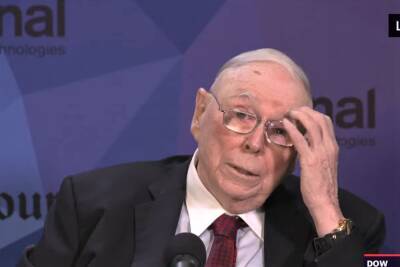Triple digit rewards of staking offer respite to cryptocurrency investors
The recent guidance provided by the US Treasury Department on transaction reporting by crypto companies is shining some light on staking — one of the least understood but hottest corners of the digital-asset world.
Treasury indicated on Friday that “stakers” would be spared from forthcoming rules that are more targeted for brokers rather than investors using their tokens to help order transactions that create new blocks on various blockchain networks. That’s especially good news for crypto investors seeking a refuge amid the recent downturn in coin prices.
Staking has been booming in part because of the incentive-based aspect of crypto where various new coins and blockchains are competing for validators by promising stratospheric annual returns in the form of new coins. The rewards have been so lucrative that more than 70 per cent of all tokens issued on many chains — Solana, Binance Smart Chain and Cardano, among them — were staked late last year, according to crypto researcher Messari and tracker Staking Rewards.
As staking options multiply and promised returns reach into the triple digits, the trend has only strengthened. In the fourth quarter, 7.7 per cent of all the coins that make up the roughly $2 trillion crypto universe were staked, up from 1.8 per cent in the year-ago period, according to staking provider Staked, a unit of the crypto exchange Kraken. And that’s even as Bitcoin, most of Ethereum, XRP and various stablecoins that make up more than 70 per cent of the crypto market’s total estimated value, don’t allow for staking.
That’s likely changing fast, with all Ether expected to migrate to proof of stake this summer. The Ethereum network, the world’s most used blockchain, is running a smaller
Read more on business-standard.com

















